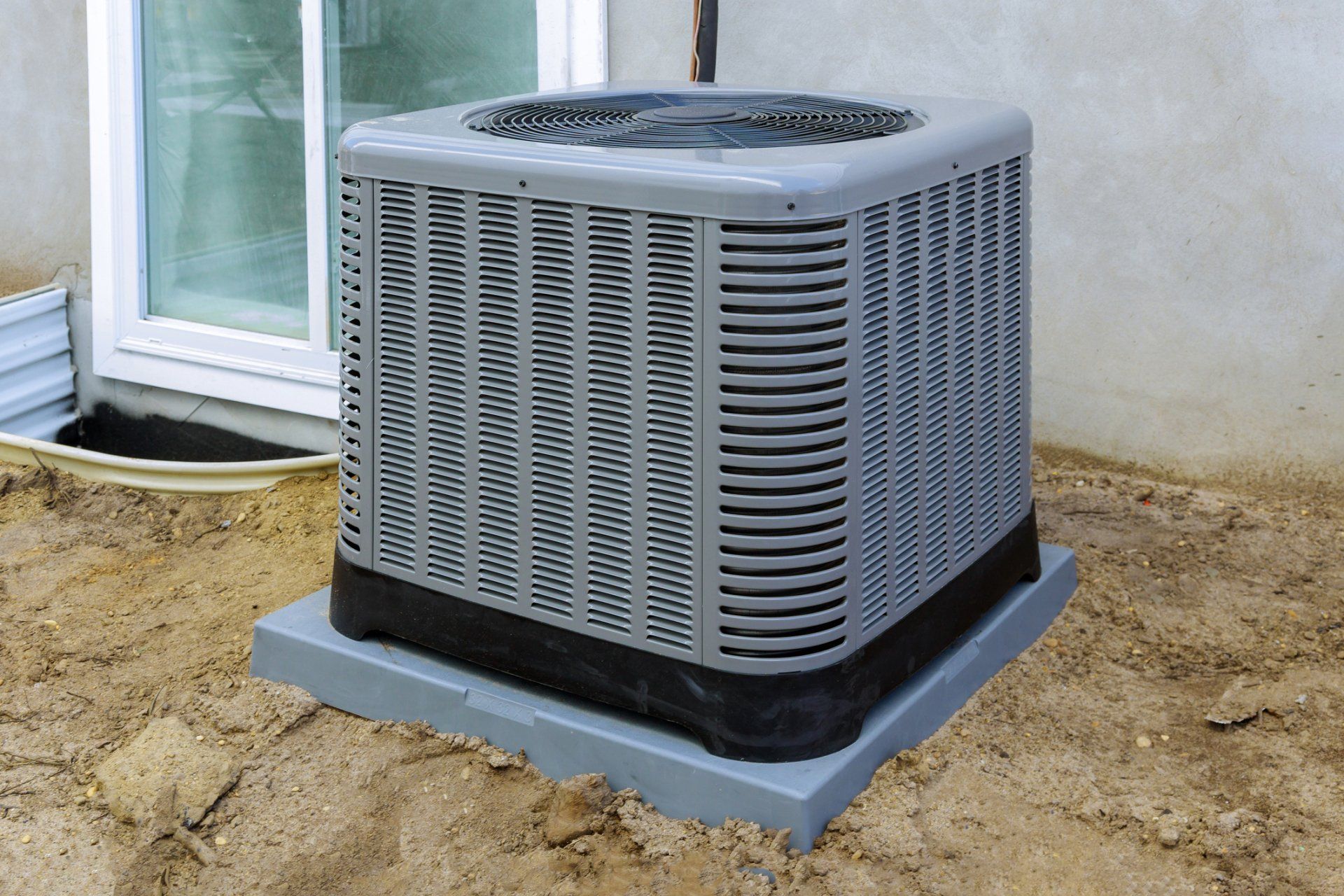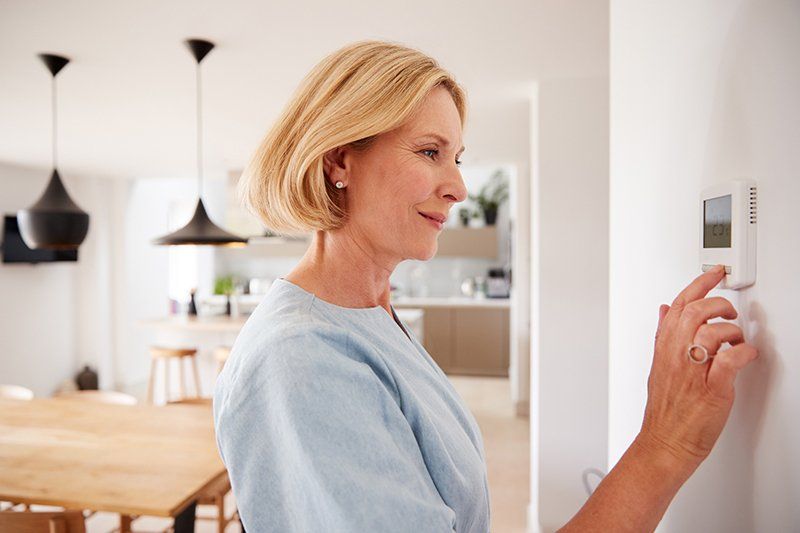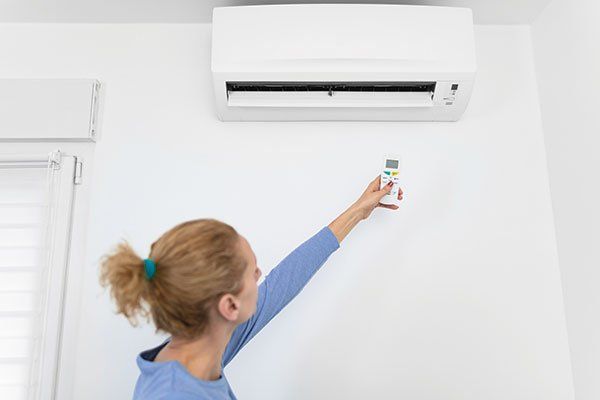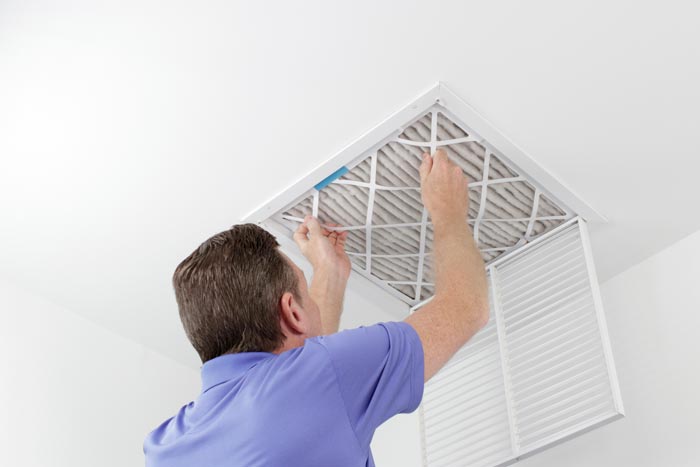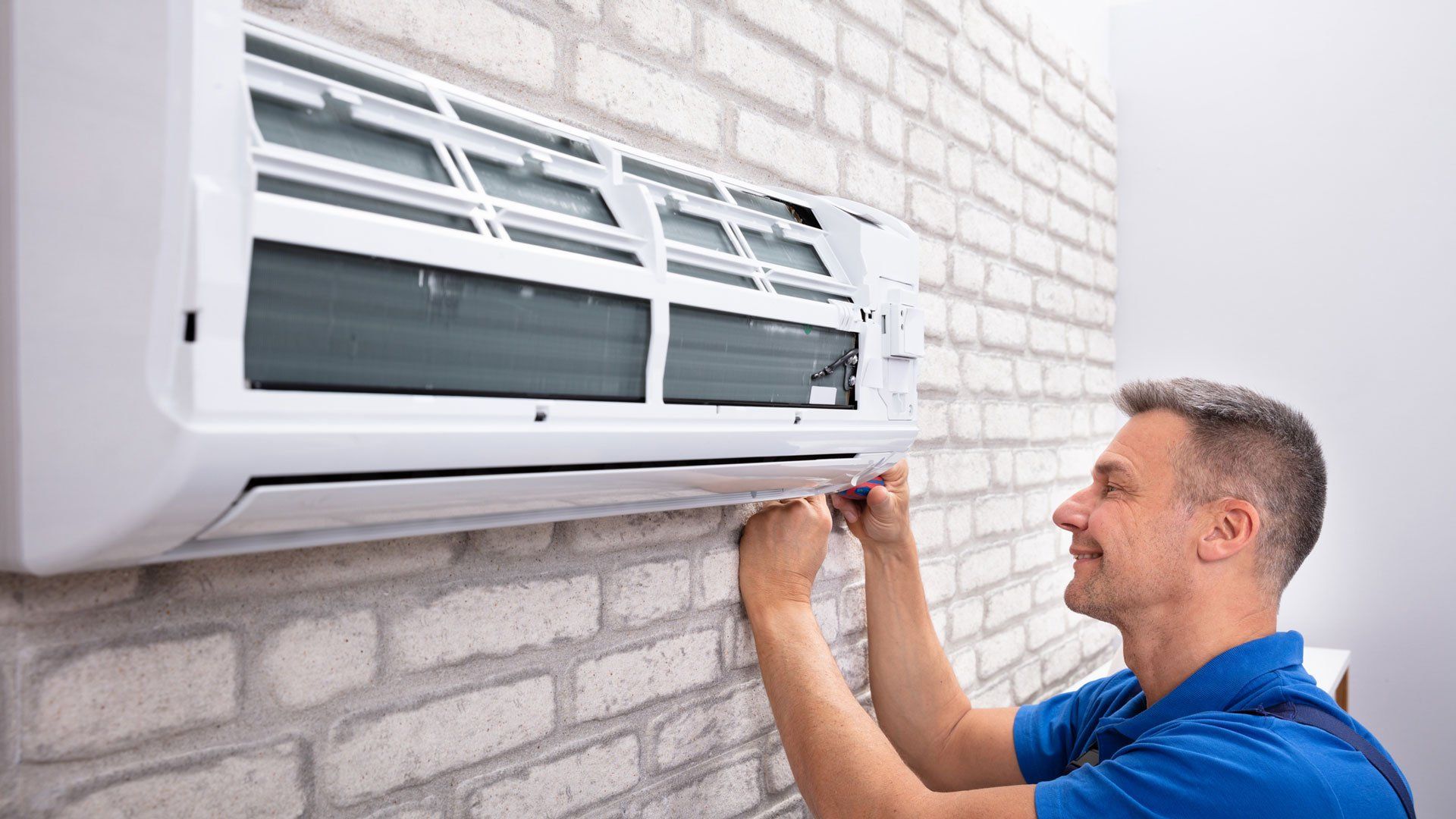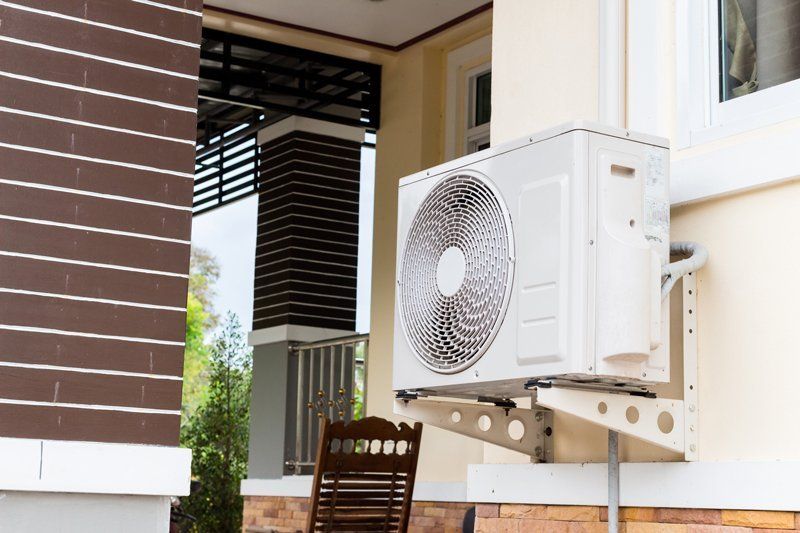An Overview of 4 Types of Indoor Air Pollutants
Indoor air pollution is a problem that affects us every minute that we're at home, yet most homeowners rarely have indoor air quality on their minds. If you want to improve the air quality in your home, first understand the sources of airborne pollutants in the home. This post will give you insight into four of the most common types of indoor air pollution.
Volatile Organic Compounds
Volatile organic compounds, or VOCs, are a class of pollutants made of molecular compounds that contain carbon, with certain exceptions like carbon monoxide. Common examples of VOCs include formaldehyde, benzene, and methylene chloride. Many VOCs find their way into your home as a byproduct of combustion from tobacco smoke, wood-burning stoves, and other appliances.
VOCs are also present in many materials that are used in the construction of modern homes. Paint, paint thinners, carpet and upholstery, and composite wood products like plywood will all off-gas VOCs continuously at a slow rate. Minimize sources of VOCs and ventilate your home often to reduce your level of VOC exposure.
While exposure to low levels of VOCs may not be harmful to everyone, those with existing respiratory problems are at greater risk. Acute exposure to VOCs can cause symptoms such as sinus irritation, headaches, nausea, and dizziness. Long-term exposure increases the risk of cancer as well as damage to the liver, kidneys, and nervous system.
Biological Pollutants
While VOCs are deemed "organic" because they contain carbon, they usually do not originate from a biological source. Biological pollutants include all contaminants that originate from - or are - living things. Examples include pet dander, mold spores, plant-based allergens such as pollen, and even viruses and bacteria.
Because they come from such a wide variety of sources, it can be difficult to develop a plan for dealing with biological pollutants in your home. In general, you should target areas in your home that are high in moisture, since all living contaminants require a source of moisture to thrive. Clean humidifiers and other moisture-generating appliances often, ventilate your home regularly, and consider installing an electrostatic filter.
Radon
Radon is a colorless, odorless gas that can be found virtually anywhere. Radon is formed as uranium in the earth's crust breaks down, and it makes its way into buildings through any small crack or opening. Radon breaks down into radioactive components and is a leading cause of lung cancer. Radon is dangerous indoors because it can easily build up to unsafe levels.
DIY radon testing kits and radon testing professionals can identify whether radon is a problem in your home. Radon mitigation systems are the most common solution for existing homes with unsafe radon levels. These systems are installed beneath the foundation to vent radon outside before it reaches the interior of your home.
Carbon Monoxide
Carbon monoxide is perhaps the most talked-about indoor air pollutant, and for good reason. Like radon, carbon monoxide is undetectable, but a buildup of CO indoors can quickly become fatal. Carbon monoxide is usually found in the home as a byproduct of combustion in furnaces and other appliances.
To protect homeowners from carbon monoxide poisoning, the gas supplied to the furnace is mixed with a chemical called mercaptan to create a distinctive, sulfur-like odor in the event of a leak. Still, a carbon monoxide detector is always recommended to eliminate any chance of an undetected CO leak.
Improving your home's air quality is a valuable goal to protect your family's health. No matter the source of poor indoor air quality in your home, the professional team at
Parks Davis Air Conditioning & Heating can provide the best indoor air solution for your home.

